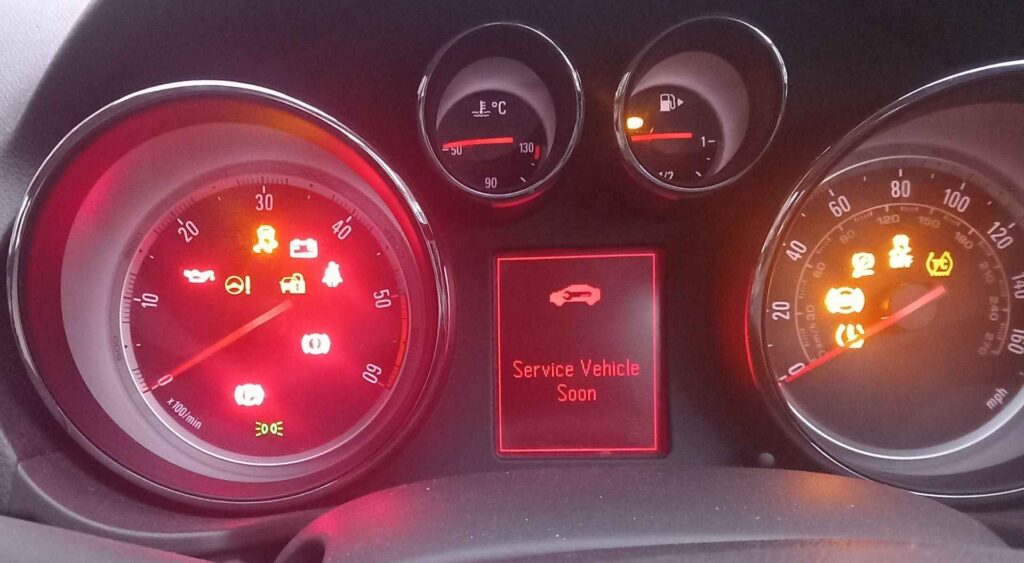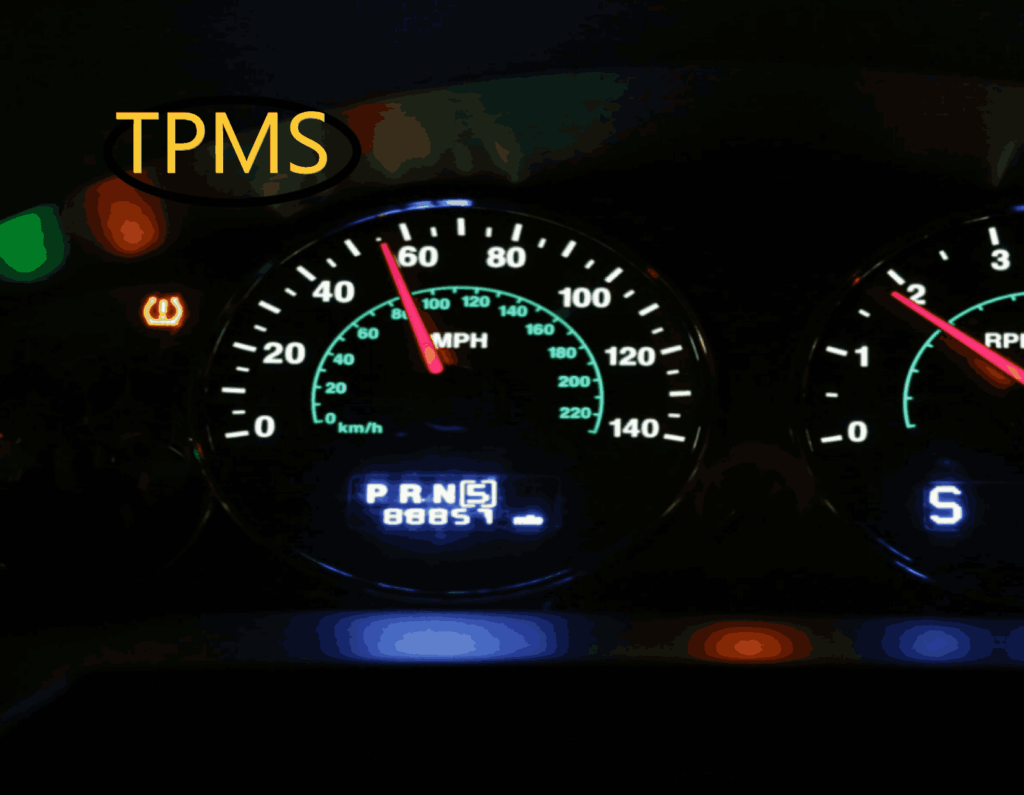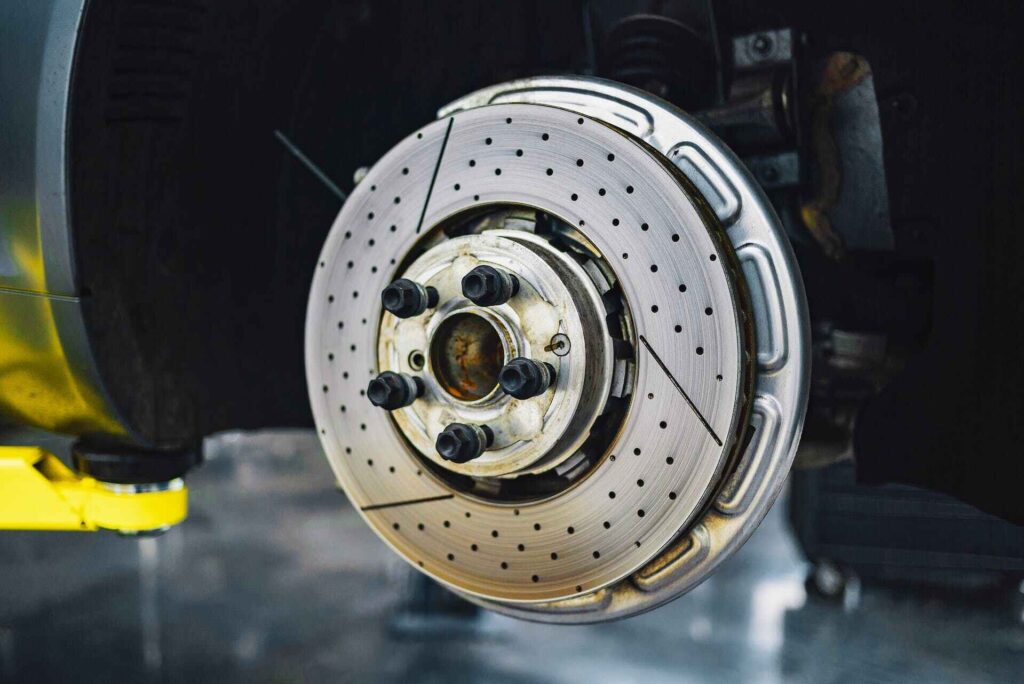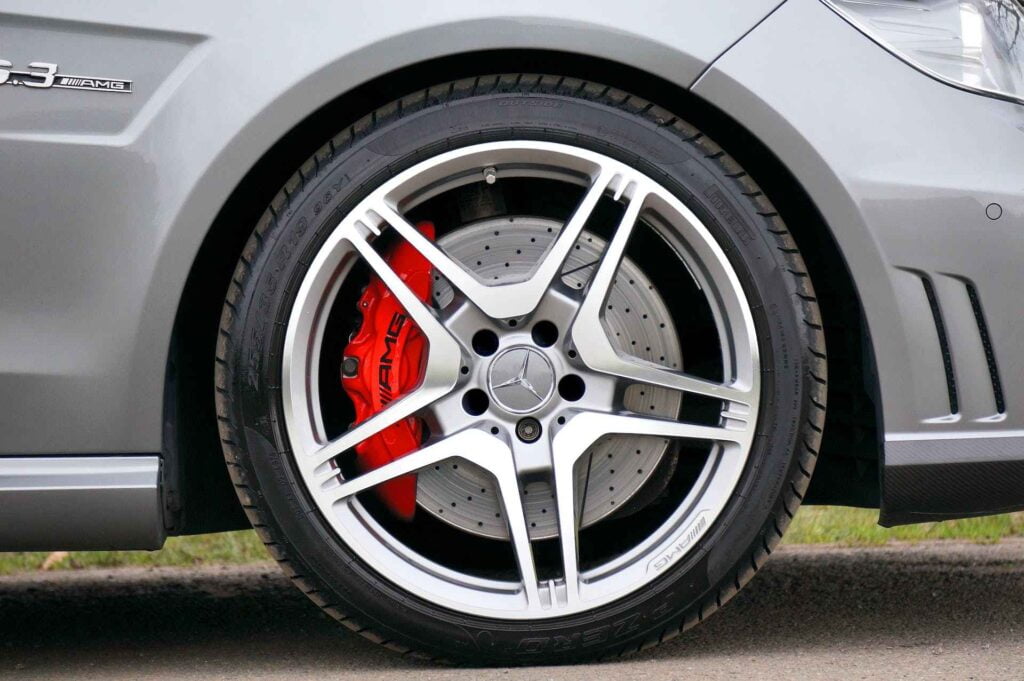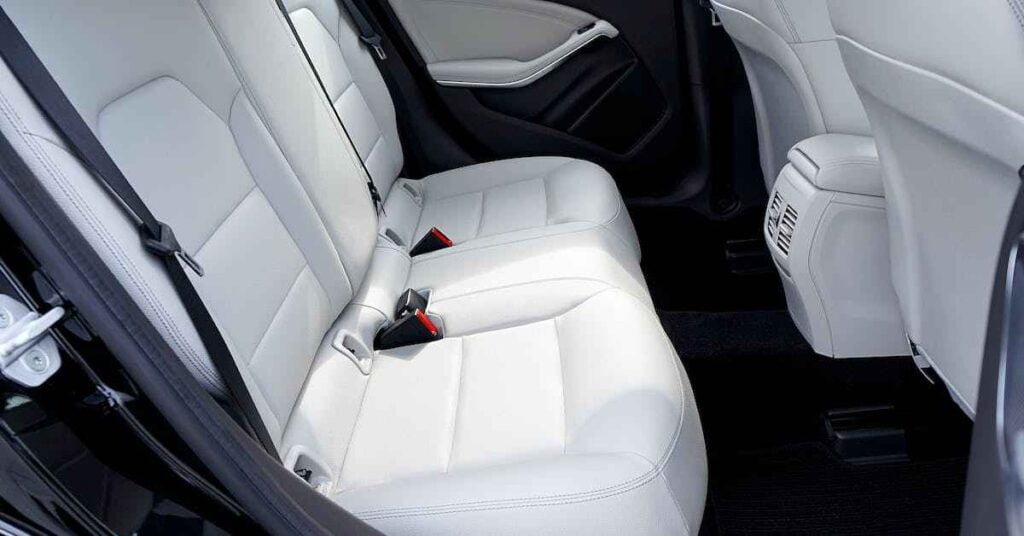Car applications, touchscreen displays, and dashboard warning lights are all required to make driving safe and enjoyable. The new automobiles are rather complicated, with their larger screens, more fuel-efficient engines, and clever synchronization. New cars frequently come equipped with sophisticated security systems that connect cameras and sensors to the vehicle’s basic PC organization. This article explores some of the common car dashboard lights meanings and causes.
The degree of complexity varies based on the security and driver-assistance innovations made in the vehicle. Red light signal on dashboard means serious issues with your car; yellow or golden lights signal warning signs; and green, blue, or white lights signal features like headlights or health indicators. It’s important to comprehend these lights, but it’s also important to have the most recent owner’s manual.
- Common Car Dashboard Lights Meaning, Their Importance, and Potential Causes
- ABS Warning Light
- Airbag Warning Light
- Brake warning lights
- Battery Warning Light
- Check Motor Light
- Engine Oil Pressure Light
- Low Fuel Warning Light
- Master Caution Light
- Motor Temperature Caution Light
- Power steering warning light
- Transmission Fluid Temperature Light
- Tire Pressure Warning
- Traction Control Warning Light
- Reestablishment Light for Motor Oil
- Reduced Engine Power Light
- Seatbelt Warning Light
- Security Control Warning Light
- Conclusion,
Common Car Dashboard Lights Meaning, Their Importance, and Potential Causes
ABS Warning Light
The ABS light is a yellow or red circle with “ABS” in the centre. It illuminates when the anti-lock braking system is detected or active. The ABS system improves car braking performance on slippery roads by pulsing the brakes to prevent wheel locking and sliding. If the ABS warning light is on constantly, the brakes should still function, but emergency braking performance may be reduced. Common causes of ABS warning lights include a faulty wheel speed sensor or an ABS controller issue.
Airbag Warning Light
The vehicle’s airbag system, also known as the supplemental restraint system (SRS), is malfunctioning when the airbag light is activated. Usually, this indicator light has a red airbag icon; however, in certain cars, the text “SRS” or “AIR BAG” takes its place. If this light illuminates, you shouldn’t drive because it could cause the seatbelt pretensioners to become ineffective and the airbags to fail to deploy in the case of a collision. Have this issue diagnosed and fixed as soon as possible by a qualified mechanic.
Brake warning lights
The brake warning light is a red circle with a “P” in the middle, The brake warning light indicates various issues in a car’s braking system, from engaging the parking brake to a failing master cylinder. If the brake light remains on, pull off the road safely and release the parking brake. If the light doesn’t turn off, call a tow truck before the system fails or more damage occurs. Possible causes of brake light warnings include sticky brakes, low fluid, or worn pads, among others.
Battery Warning Light
An issue with the vehicle’s charging system is indicated by the red battery indicator light, which displays plus and minus symbols. A worn-out alternator, a broken accessory belt, a loose or rusted battery cable, or other electrical issues could be the cause. Battery warnings turn on and off when a car is starting, but if it turns on while you’re driving, you should stop right away to avoid the battery draining and the engine stopping. You would need to jump start your battery or get a replacement if your have battery issues.
There are battery warning lights on EVs as well. A battery symbol with a temperature gauge indicates that the EV battery is running hot and that the vehicle should be stopped as soon as it is safe to do so. A battery symbol with a lightning bolt indicates that the battery’s charge level is low (this may also appear in plug-in hybrid vehicles).
Check Motor Light
The check motor light (CEL) is a typical dashboard cautioning light that makes drivers aware of motor-related issues, for example, free gas covers or failures to discharge. Check Motor Light may be red or golden and normally includes the motor framework and the words “administration motor soon” or “actually look at motor” in striking letters. The light ought to vanish when the vehicle is running. it’s not advisable to drive if the check motor light stays on because of the potential harm. All things considered, The appearance of the Check Motor Light requires the attention of your mechanic to diagnose and fix.
Engine Oil Pressure Light
The engine oil pressure light is commonly depicted as a red oil can, and it suggests that oil isn’t orbiting true to form through the engine. This is a huge issue because lacking oil strain can make an engine wear imprudently or even seize up, and another light means you should pull over and switch off the vehicle immediately. Common reasons for oil pressure warning lights include consolidating low oil levels, a very much utilized oil siphon, and other worn internal parts. It’s recommended to check the engine oil level regularly and change the oil at intervals suggested in the owner’s manual.
Low Fuel Warning Light
Depending on the type of vehicle, the low fuel light shows an amber or red gas pump and glows when the fuel tank is practically empty of either gasoline or diesel. Although the amount of fuel needed to activate this warning light varies from car to car, it often shows that there are one to two gallons of gasoline left. In addition, if the gas cap is unfastened, this light might come on.
Master Caution Light
Modern cars and trucks are beginning to come equipped with master caution warning lights, which are typical of high-performance airplanes. Checking other systems for problems is advised by the master warning light, often known as the instrument panel message. For instance, it might turn on to alert you to the need to examine the maintenance status of the car or your tire pressure monitoring system TPMS. In certain vehicles, it will continue to be illuminated until the underlying problem is fixed.
Motor Temperature Caution Light
It is a red thermometer on the engine temperature light. It indicates that the engine is overheating when it shines. If you notice this temperature warning, you should pull over when it’s safe to do so and turn off your car because this is a serious problem that could destroy the engine. Numerous problems might cause the engine to overheat, such as a burst radiator or coolant hose, a broken water siphon, a jammed interior controller, or a burst head gasket.
Power steering warning light
When a steering issue is identified, the power steering light, which is characterised by an exclamation point, turns on. To identify the problem if your car has electronic power steering issue, get your car to a nearby mechanic. The power steering light suggests a low-power steering fluid reservoir. If the steering is hydraulic, fill it up, and keep an eye out for leaks. It is risky to drive without power steering assistance since it makes the vehicle more difficult to control.
Transmission Fluid Temperature Light
The transmission temperature light is sometimes shown as a red or yellow thermometer with the inscription “AT OIL TEMP” or enclosed in debris. This light indicates that the transmission is overheating when it illuminates. As previously mentioned, if you see this alert light, you should safely pull over and switch off your car when it’s safe to do so. Common causes of an overheating gearbox include low fluid levels, worn-out internal components, excessive miles, or longer seasons of heavy hauling.
Tire Pressure Warning
The tire pressure caution light is a spot of interruption in the yellow tire’s point of focus. The caution light indicates that one of the tires on the car is underinflated; in certain updated versions, it can display the tire pressure on all four tires and indicate which is low.
Traction Control Warning Light
The anti-lock braking system and the traction control system are complementary. It frequently engages when driving on slippery and snowy roads, wet sidewalks, sand, and gravel. It reduces wheel sliding during acceleration by selectively applying the brakes. When the system is stepping in, the yellow traction control light—a car with two wavy lines underneath—blinks briefly.
However, if the traction control light remains on, there may be a malfunction with the system, and it may not function correctly. One of the most frequent causes of this light coming on is a malfunctioning wheel speed sensor.
Reestablishment Light for Motor Oil
The oil change light does exactly what you would expect it to: it shows the mile-based engine oil change guidance. Because engine oil is used in most present-day motor vehicles, manufacturers have the ability to extend the standard oil change span from 3,000 kilometres to as much as 5,000 or 15 thousand kilometres under certain conditions. This warning could have written content, such as “Oil Change Required” or “Administration Motor Soon,” in place of a light.
Reduced Engine Power Light
Modern cars come with a limp mode, or fail-safe system, which reduces engine power in the event that a significant problem occurs. The purpose of this configuration is to prevent damage to the engine, transmission, and other parts. The engine light is activated by the system, and in certain cars, a “reduced engine power” reading could also come on.
Because of the possibility of damage, even though the car might still be able to be driven, it’s advisable to pull over and stop. One of the most frequent causes of this light coming on is a malfunctioning throttle position sensor.
Seatbelt Warning Light
The function of the seatbelt light is precisely as one might expect: it displays an image of a person buckled up, and it continues to flash until the driver of the car does the same. Certain cars have weight sensors built into the front passenger seat that connect to the computer to monitor the seat as well. If every passenger has fastened their seatbelt and the seatbelt light remains on, there might be an issue with either the pressure sensor under the seat or the belt buckle sensor.
Security Control Warning Light
Electronic soundness control, or ESC, is a component of stopping automation that is furthermore implemented. Moving the car in the direction of the intended route is the aim of strength control. In order to achieve this, it monitors wheel speed, directs information sources, applies the brakes as necessary, and prevents sliding or turning. Many automobiles require the “ESC” or “VSC” warning light, which illuminates when the vehicle’s frame is locked in and remains on in the event of a breakdown. Anyhow, a small number of cars do. Instead, the foothold control warning light activates under those circumstances.
Conclusion,
Understanding the warning lights on your dashboard is essential for maintaining vehicle safety and preventing injury. Green, yellow, and red lights show the severity of the issues. By routinely consulting your owner’s manual, you may quickly address problems with your engine, transmission, brakes, and other crucial components. A car’s lifespan is mostly dependent on prioritizing safety and seeking professional assistance.
Kindly visit our Home Page for more related articles

